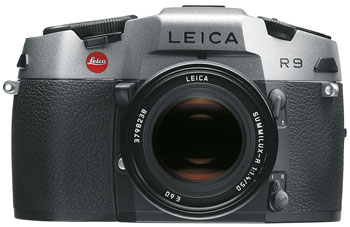Interesting insights from the Washington Post: why Leica decided to leave its popular R series behind. R lenses could be used on almost any SLR camera. In the end, we learn, it was a strategic decision about capabilities, about a method of winning, about a system in markets… BTW, one of the best all-rounder lenses on a Leica M? The Vario-Elmarit-R 28-90mm F2.8-4.5. Not easy to find an affordable one on eBay, that lens is so popular among many Leica M photographers…:
The big idea: In 2008, Leica Camera faced an issue that many organizations face today: how to decide whether product lines are strategically critical. The firm was preparing to make a decision on the company’s well-loved but anachronistic R series. The line included expensive analogue SLR cameras and an array of high-end R lenses that Leica’s diehard fans had amassed since its introduction in 1976. The choices were simple with varying complications — Leica was a small company, and investing resources would be a trade-off. Should Leica invest capital in a product line extension for the R series lenses?

Even as the industry moved toward digital cameras in the mid-1990s, a subset of traditionalists resisted the move for aesthetic and philosophical reasons, and Leica was there to serve them with R series SLRs. The Leica R series and its world class quality and precision made it the camera for professionals, enthusiasts and hobby photographers.
Throughout its SLR camera development, Leica designed an array of R series lenses that many photographers favored. Each Leica camera body series had a dedicated lens mount; with the use of camera-specific adapters, R lenses could be used on almost any SLR camera.
When Leica stopped production of its R series cameras and lenses, customers protested. For the company, there was uncertainty about how much sales volume the R series lenses could achieve, as well as where Leica fit in the market as new and less expensive products from competitors gained popularity.
The resolution: Despite the outcry from loyalists, Leica did not invest in the R series any further. Instead it created an adapter that allows the R series lenses to be used on its M 240 digital camera.
The lesson: Leica was not just making a choice about whether to reinstate a lens. It was deciding what to do with an entire camera system (a product class). If the next model, the R10, was to be produced, would it be compatible with other systems? These decisions have implications on manufacturing capabilities, competing in open or exclusive markets (which in turn have implications for historical legacy) and even values.
This is not just about a product, competition or a particular market segment; it’s about capabilities, about a method of winning, about a system in markets — these considerations make the decision strategic, as opposed to being about finance or manufacturing.
What if… Leica R series would still be around.


